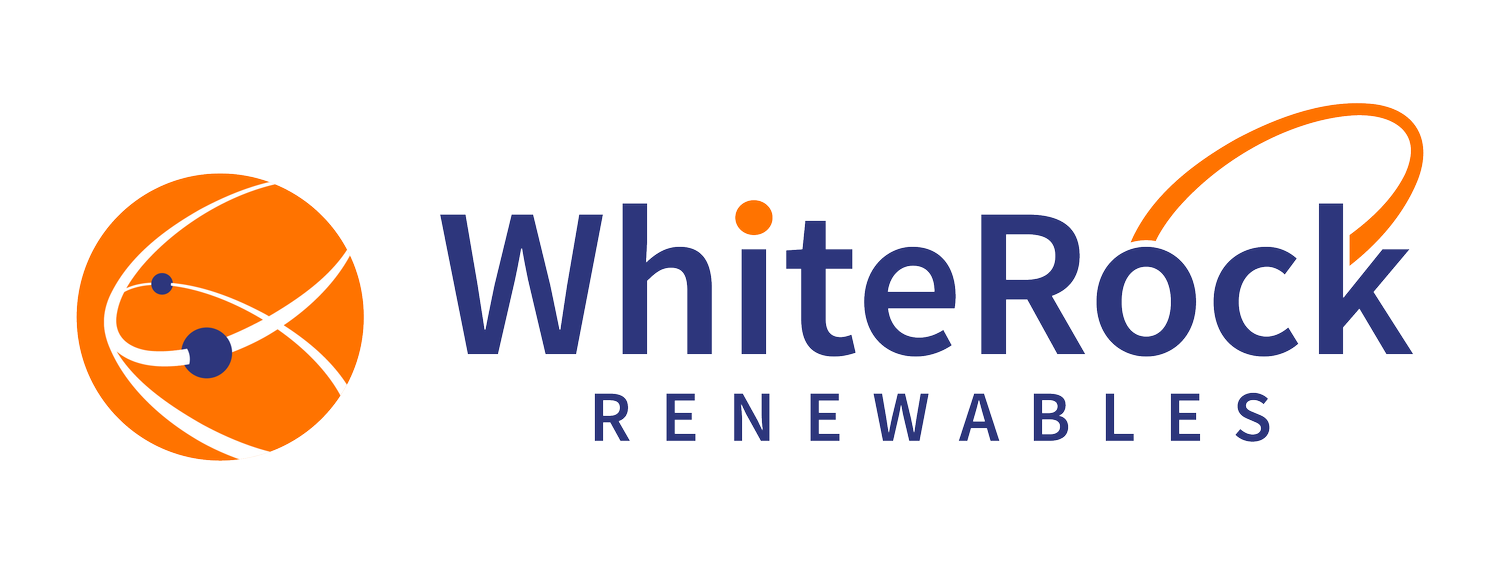
FREQUENTLY ASKED QUESTIONS.
-
WhiteRock Renewables (WhiteRock) is a renewable energy developer headquartered in Dallas, Texas. We develop wind, solar, and energy storage projects. Our team has delivered over 5,000MW, enough to power over 1.7 million homes annually. We work collaboratively with landowners and local communities to deliver a clean energy future.
-
Wind turbines turn the kinetic energy of the wind into the electricity we all use to power our homes and businesses. Humans have been using the kinetic energy of the wind for thousands of years for example as sails, for boats, as windmills to pump water and grind grain. Today’s wind turbine is a highly evolved version of the windmill. Wind turbines transform kinetic energy from the wind into electricity suitable for use and send it to the electrical transmission network. Once constructed, a wind turbine uses no fuel other than the wind to produce the clean energy.
-
Numerous studies show that the planning, construction, and operation of utility-scale wind turbine installations have no long-term negative impact on property values. It is well-documented that wind installations can economically benefit communities in numerous ways by bolstering the tax base, providing jobs, and raising per-capita income.
A 2013 study by the Lawrence Berkeley National Laboratory (LBNL) found no significant impact on the property values of the 50,000 homes researches analyzed near 67 different wind facilities.
-
Wind is a major climate change solution; climate change is the largest threat to many species and their habitats.
Wind energy and birds - Despite claims to the contrary, wind power's impact is extremely small compared to other human-related sources of bird mortality, such as collisions with buildings and communication towers, vehicle strikes, and habitat conversion.
Nonetheless, WhiteRock Renewables applies established turbine siting practices to mitigate the risks with siting based on detailed surveys of bird movements and habitats in the vicinity of the projects being developed. We work in close consultation with state and federal environmental agencies and apply appropriate mitigation measures.
Wind energy and non-flying wildlife - Just as wildlife adapts to the construction of new homes, and buildings near their habitats, wildlife becomes accustomed to wind development. In fact, it's not uncommon to see cattle and deer grazing or resting near the bases of operating wind turbines. Cattle, horses, goats, and other livestock are also compatible with wind energy technology.
-
Concerns about wind power sometimes reference shadow flicker or sound. However, the science is clear - wind projects do not cause negative health effects. Over 20 years of research has found no evidence that wind energy cause any negative physical health effects.
Shadow flicker refers to the moving shadows cast by wind turbine blades as they rotate in front of the sun, similar to the shadow cast by a tree blowing in the wind. WhiteRock adheres to established protocols, limiting shadow flicker to no more than 30 hours a year at applicable receptors.
As wind turbine blades pass through the air, they make a "whoosh" sound. At a distance of 1,000 feet, a turbine will have a sound pressure level of approximately 43 decibels at the outside of a property. To put that into context, at this distance a turbine is no louder than a kitchen refrigerator or an air conditioning unit. Click here for more on the sound of a wind turbine.
The proposed project will comply with WhiteRock's internal guidelines as well as state requirements related to sound and shadow flicker limitations at residences and other applicable receptors.
Get the Facts on Wind Energy
Property Values
The Effects of Wind Energy Facilities on Surrounding Property Values in the United States
Relationship between Wind Turbines and Residential Property Values in Massachusetts
Property Values are Not Affected by Land-based Wind Turbines
Health
Wind Turbine Health Impact Study: Report of Independent Expert Panel
Wind Turbines and Shadow Flicker: Facts and Proven Mitigation Strategies
Australian Medical Association Statement: Wind Farms and Health
Infrasound and Low Frequency Noise from Wind Turbines: Exposure and Health Effects
